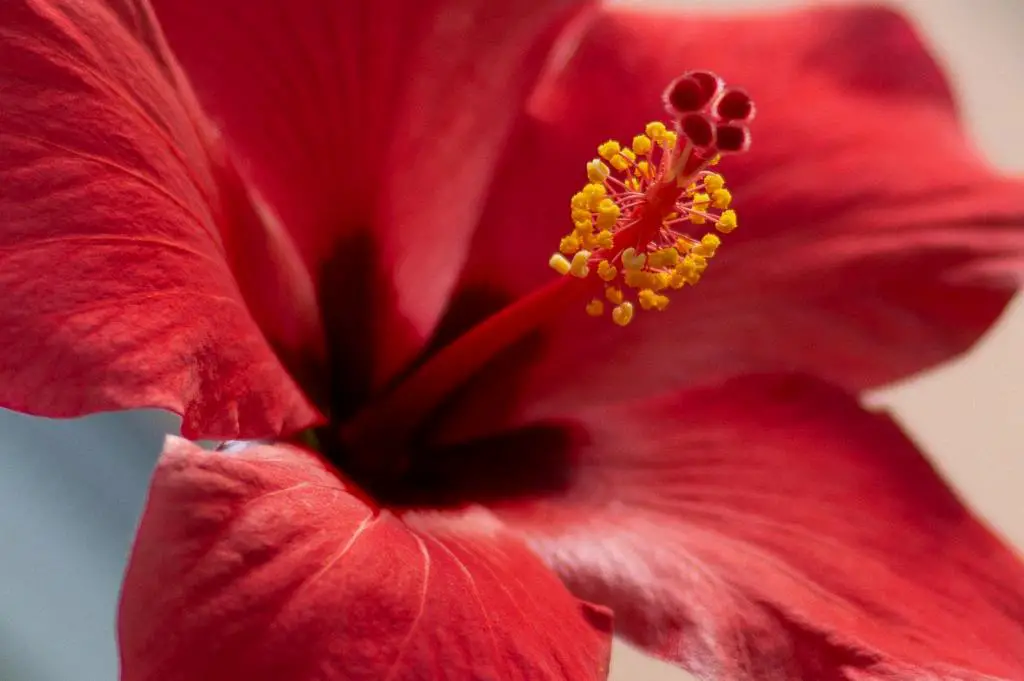For many hibiscus enthusiasts, the question of how long these beautiful flowers last is a common concern. The lifespan of a hibiscus flower can vary depending on various factors, such as the specific species, growing conditions, and hybridization. Traditionally, hibiscus flowers are known to last only a day, with some hybrids extending their bloom to two or even three days.
Factors Affecting the Duration of Hibiscus Flowers
The longevity of hibiscus flowers is influenced by several key factors. One significant factor is the genetic makeup of the plant. While older hibiscus varieties tend to have shorter-lived flowers, newer hybrids have been developed to prolong the bloom time, offering hibiscus enthusiasts a longer-lasting floral display to enjoy.
The Role of Growing Conditions
In addition to genetics, the growing conditions play a crucial role in determining how long hibiscus flowers will last. Providing the plant with proper sunlight, water, and nutrients can help prolong the blooming period. Stress factors like extreme temperatures or inadequate care can lead to premature flower drop.
Understanding the Bloom Cycle
It’s essential to understand the natural bloom cycle of hibiscus flowers. Typically, hibiscus blooms last for a day before wilting and dropping off the plant. This short duration is a characteristic of many hibiscus species and is a part of their natural life cycle.
Extended Bloom Period in Hybrids
Thanks to advancements in hybridization, there are now hibiscus varieties that feature extended bloom periods. These hybrids have been bred to produce flowers that last longer than traditional hibiscus blooms, with some varieties boasting blooms that can last up to three days.
Optimizing Hibiscus Flower Longevity
While the natural lifespan of hibiscus flowers is relatively short, there are ways to optimize their longevity. Providing the plant with the right care, including regular watering, adequate sunlight, and appropriate pruning, can help extend the bloom time of hibiscus flowers.
Signs of Flower Wilt
As hibiscus flowers reach the end of their lifespan, you may notice signs of wilting, discoloration, or petal drop. These are natural processes that indicate the flower is nearing the end of its bloom cycle. Removing spent blooms can help redirect the plant’s energy towards producing new flowers.
Enjoying the Beauty of Hibiscus Flowers
Despite their short-lived nature, hibiscus flowers continue to captivate gardeners and flower enthusiasts with their vibrant colors and intricate designs. By understanding and appreciating the lifecycle of hibiscus blooms, you can fully enjoy the beauty they bring to your garden or indoor space.
Embracing the Transience of Nature
Like many aspects of the natural world, the ephemeral nature of hibiscus flowers serves as a reminder of the transient beauty that surrounds us. Each fleeting bloom is a testament to the cycle of life and the ever-changing tapestry of nature’s wonders.
Celebrating the Diversity of Hibiscus Varieties
With a vast array of hibiscus species and hybrids available, there is a wealth of diversity to explore in the world of hibiscus flowers. Whether you prefer the classic beauty of traditional hibiscus blooms or the extended flowering periods of newer hybrids, there is a hibiscus variety to suit every taste and preference.

Conclusion
In conclusion, the duration of hibiscus flowers’ bloom can vary from a single day to multiple days, depending on the plant’s genetic makeup, growing conditions, and hybridization. By providing proper care and attention to your hibiscus plants, you can help prolong the bloom time and fully appreciate the fleeting yet enchanting beauty of these magnificent flowers.
